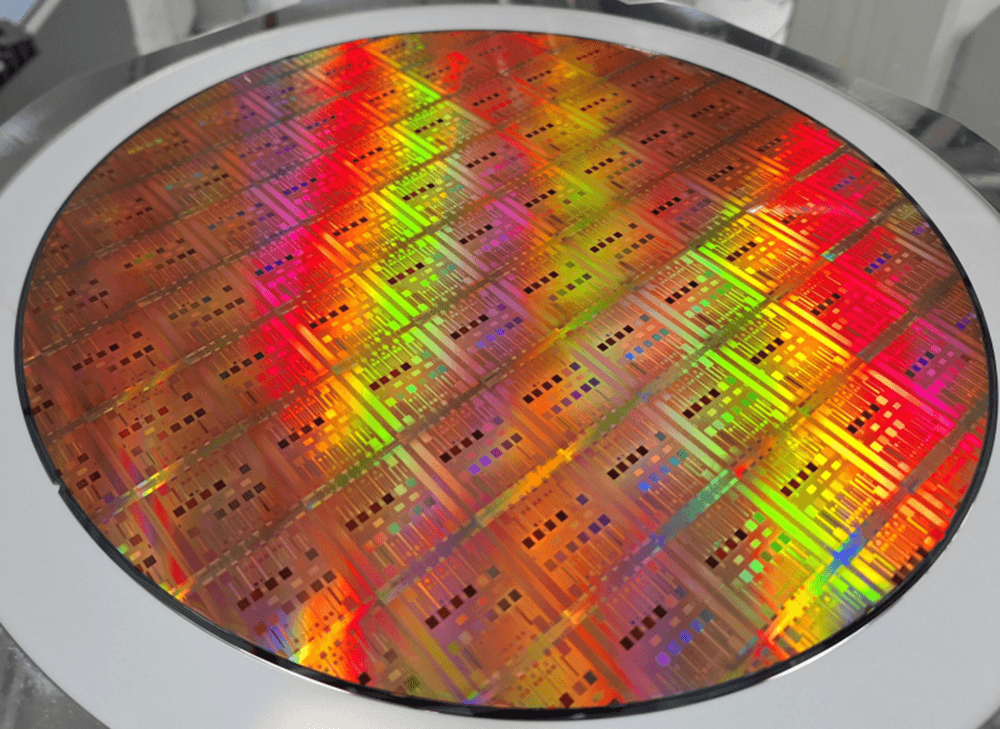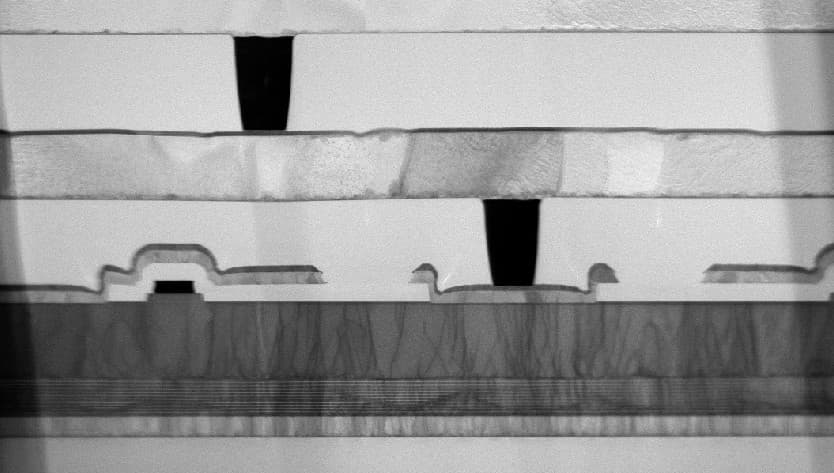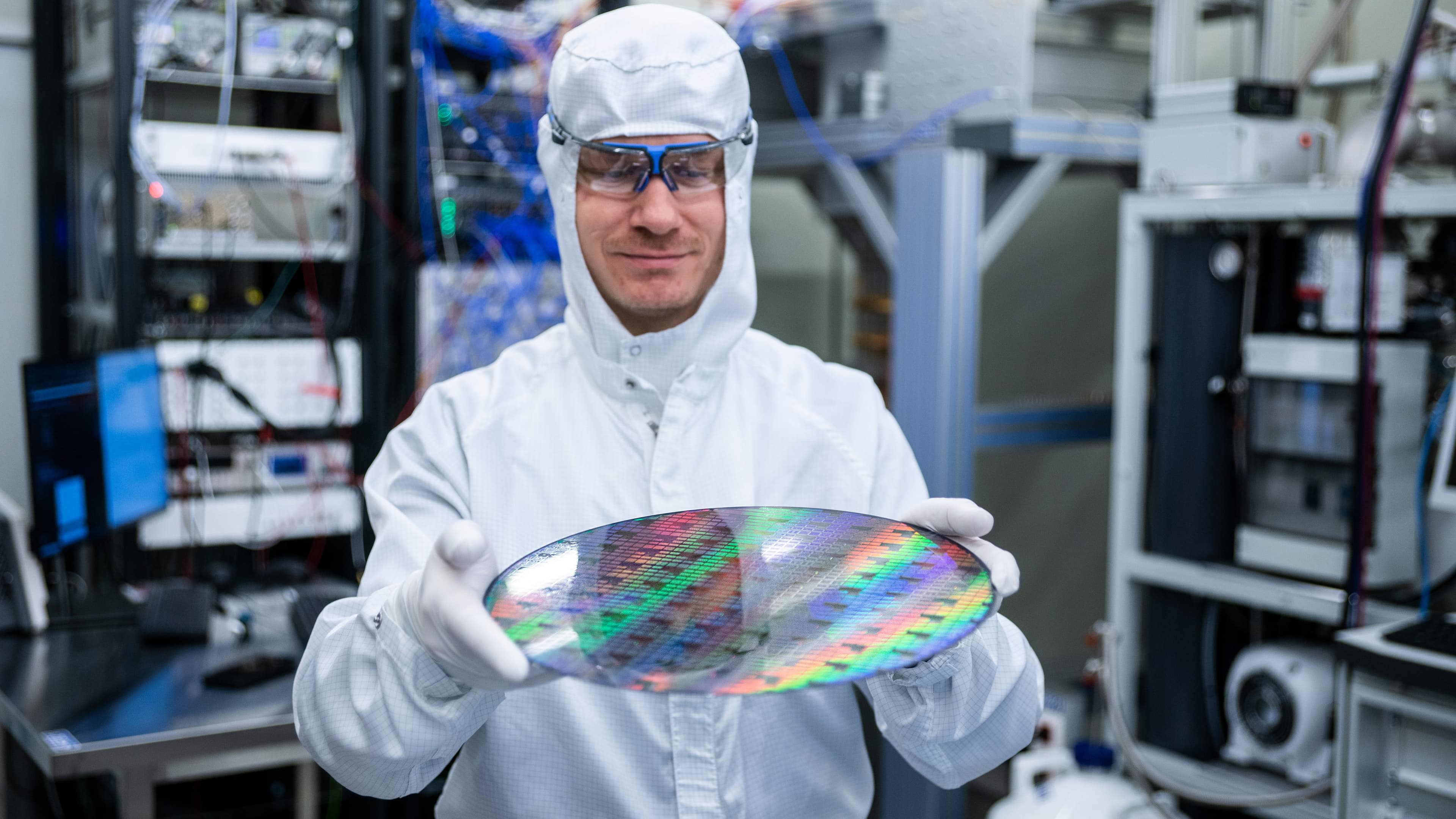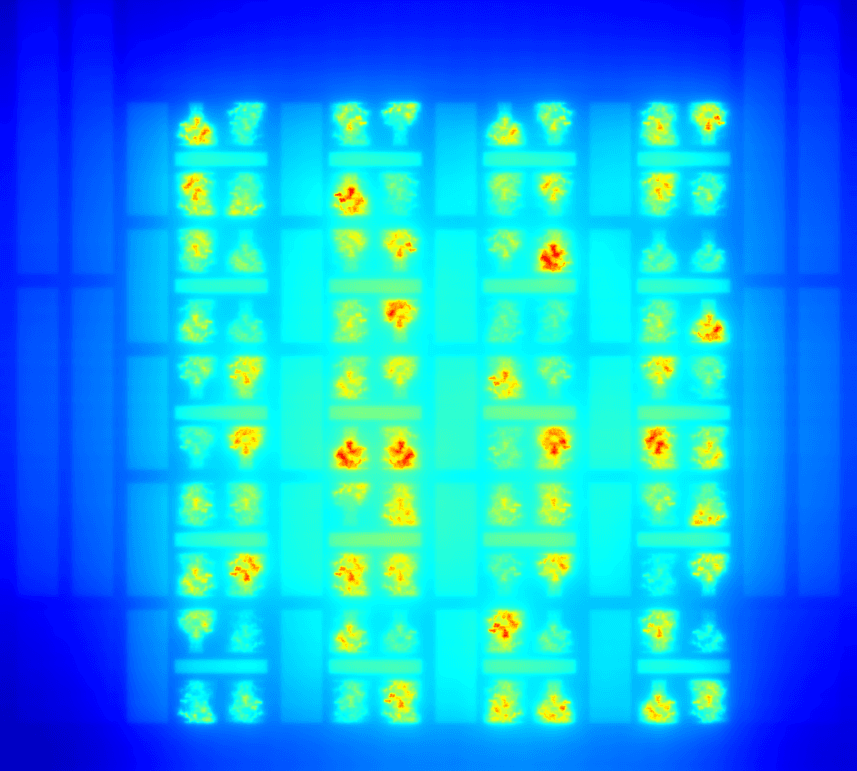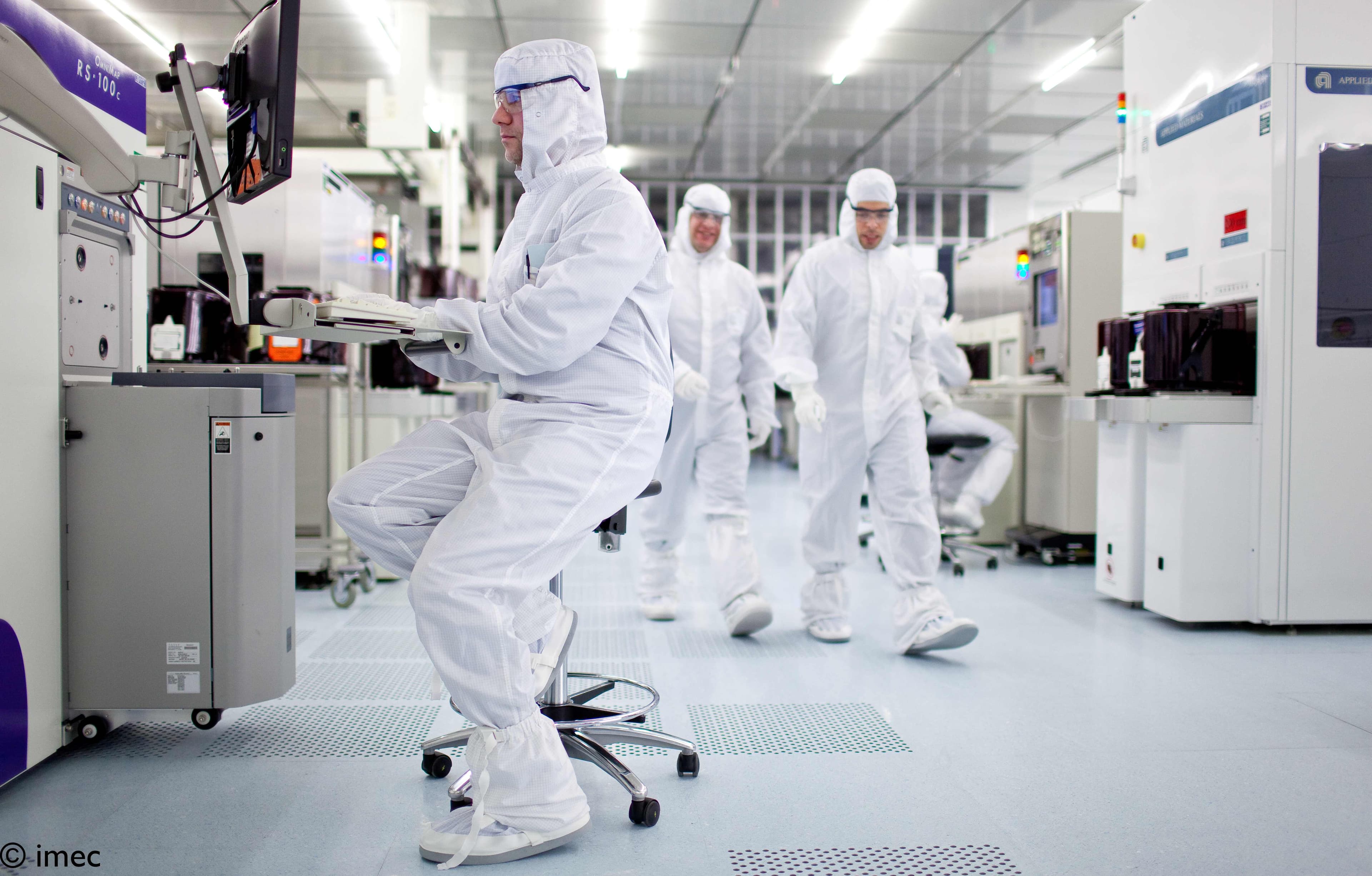
A greenhouse in every home – or rather a food-printer?
In 2018, ‘Earth Overshoot Day’ fell on 1 August. Earth Overshoot Day is the symbolic date by which we have consumed all of the raw materials that the Earth can produce in one year. And this date gets earlier every year.
If we simply look at our relationship with food in the Western world, this is hardly surprising. The way we produce, consume and transport the food we eat is totally wrong. For example, our fruit often travels halfway round the world before it reaches our supermarket shelves: pineapples from Costa Rica, avocados from Colombia, kiwis from New Zealand, etc. And because our food is also cheap, we buy more than we need and then leave it to perish in our overcrowded refrigerators. In the US alone, for example, 40% of food is thrown away – which is the equivalent of the carbon footprint of Peru and Belgium combined!
Not only our planet, but also our health is suffering from our eating habits. We eat too much – and too little of the right things. This increases the frequency of problems such as diabetes, cardiovascular diseases, and cancer.
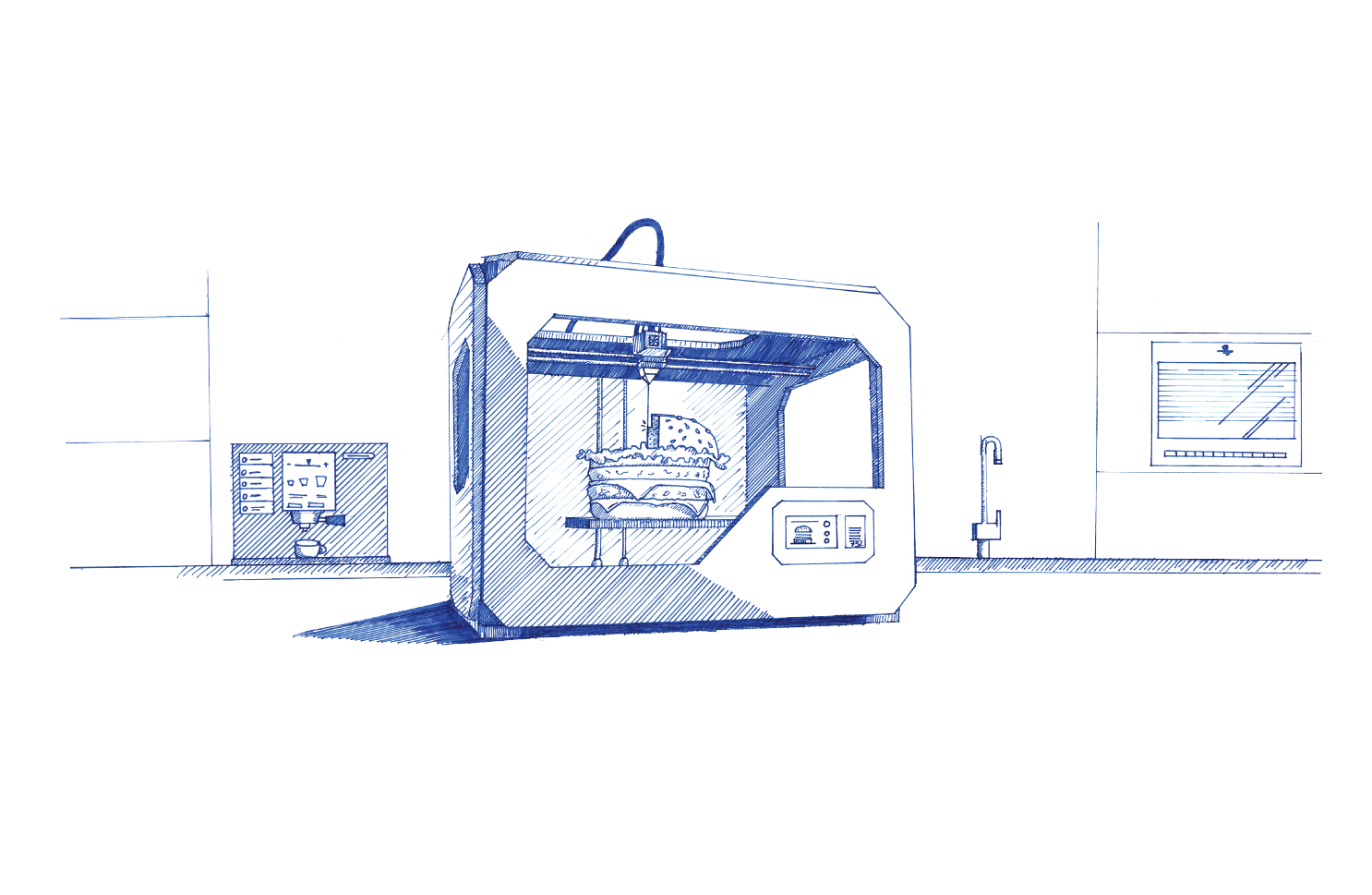
So: something needs to change. But how? First of all, it would be best if we could produce everything as locally as possible, ideally 5 to 10 km from where we live (and eat). And given that more of us are likely to be living in the city in the future, the idea of ‘urban farms’ appears to be the ideal solution. But these farms will look nothing like the ones we are familiar with in the countryside now. They will be specific spaces, often whole floors of crops located on top of one another in which the climate is controlled accurately: temperature, humidity, type of light, etc. The way the plants are watered and fed will also be measured exactly. And sensors and artificial intelligence will tell us precisely what each plant needs at that specific time in its growth cycle. All of which will enable us to produce more from a smaller area while ensuring much better quality – and without overloading our planet.
These ‘greenhouses’ could well take the form of a whole high-rise building in the city, a hot-house on the roof of a supermarket or, in mini-form, on the work surface of a kitchen. A self-learning mini-greenhouse in your home would know exactly how ripe you prefer your tomatoes and swiftly follow your wishes if you decided to grow eggplant in a particular month.
We could also approach local food production from a different angle, using something like a ‘food replicator’ that you may be familiar with from Star Trek. This food printer may become a standard kitchen appliance, able to produce artificial food based on a limited number of local nutrients. The food printer would then produce a personalized meal for each member of the family, taking any allergies, vitamin deficiencies and so on into account.
Better still, the food replicator would know exactly what allergies or deficiencies you may have, based on your ‘digital twin’. A digital twin is a ‘mini-you’ built up from the enormous amount of data to be collected about the functioning of your organs. Or about your digestive system, measured by ultra-small sensors that you can swallow. This digital twin can also be of great interest for your doctor, who can try out specific drugs that really work for you.
So, will we still be eating out in restaurants in 2035 or even further into the future? Most probably. After all, we’ll still want to indulge ourselves with a hearty plateful of ‘steak and fries’ from time to time – just like in the good old days!





